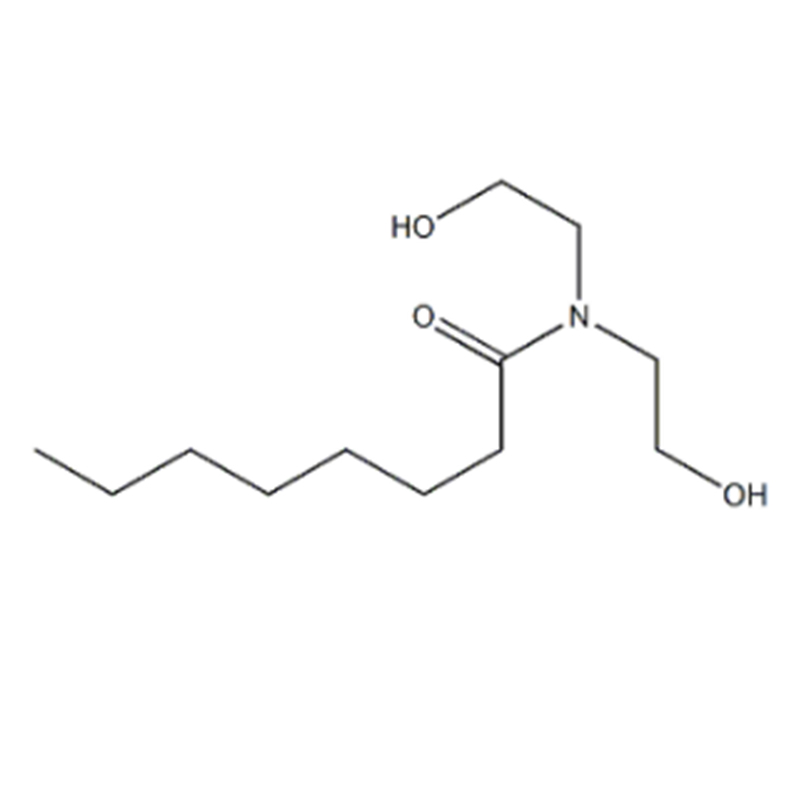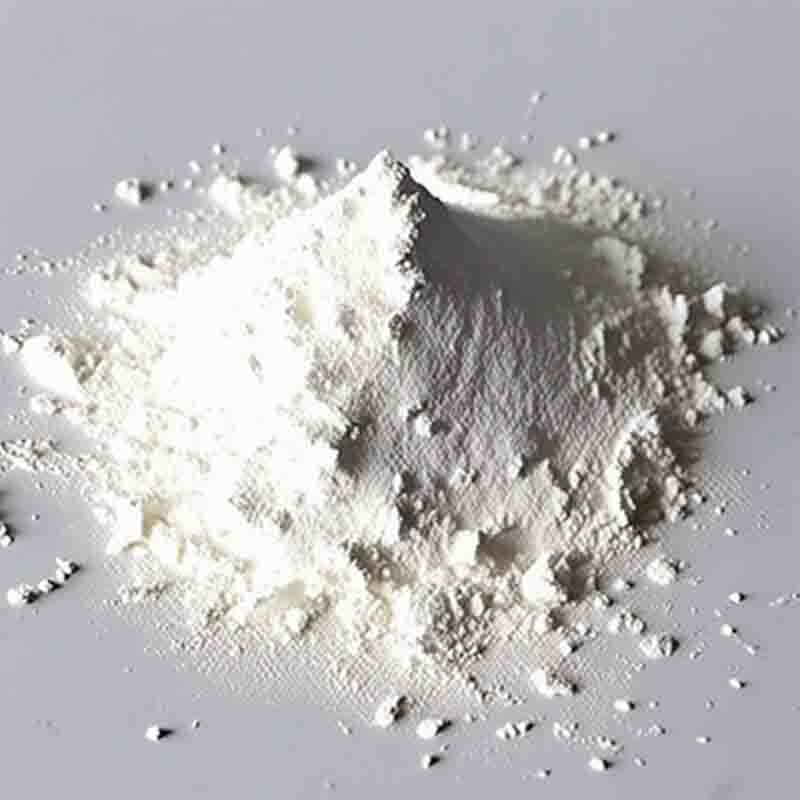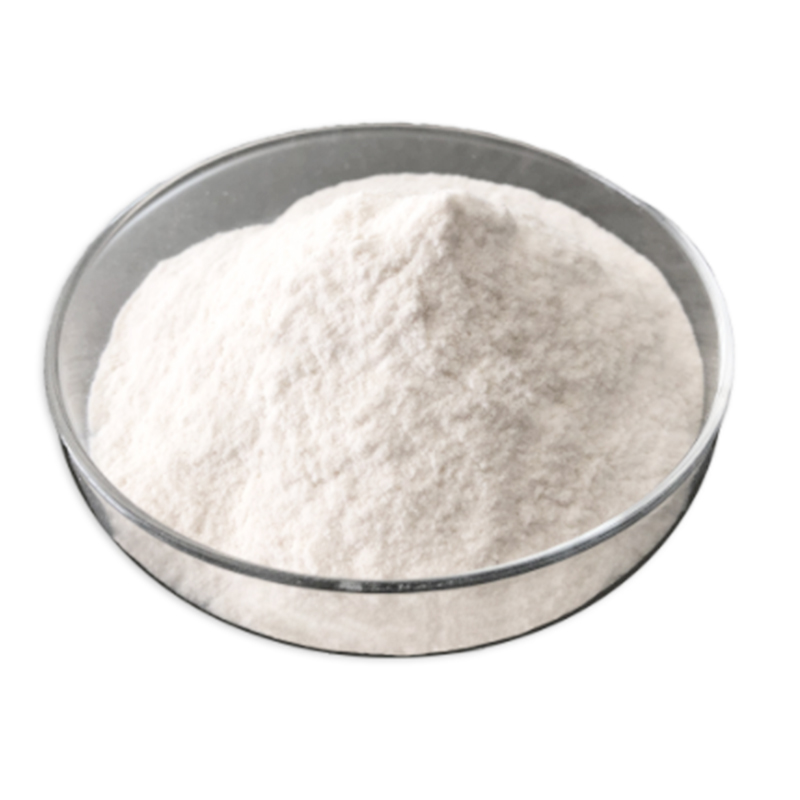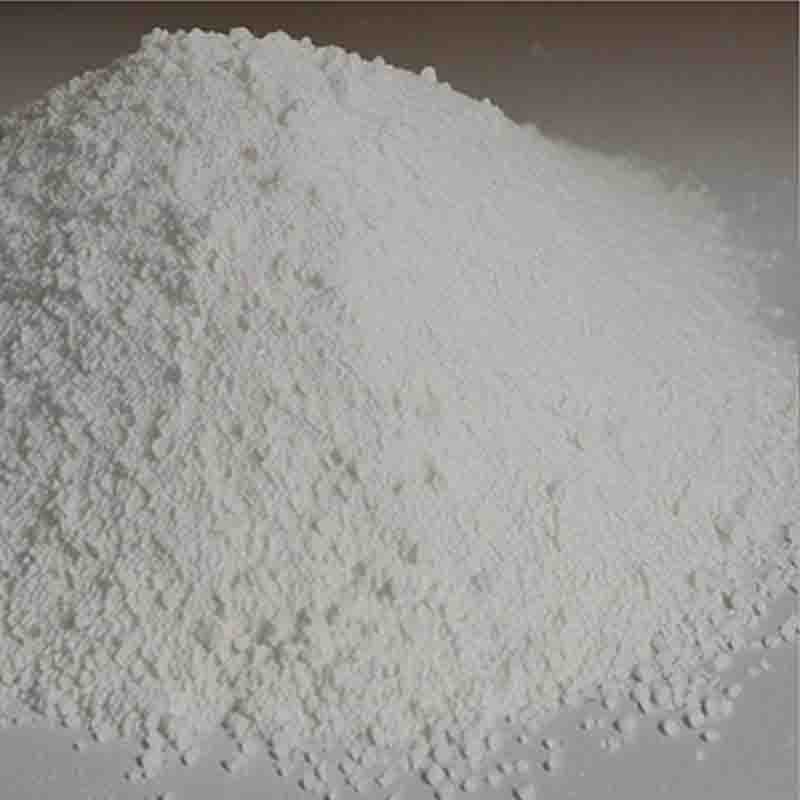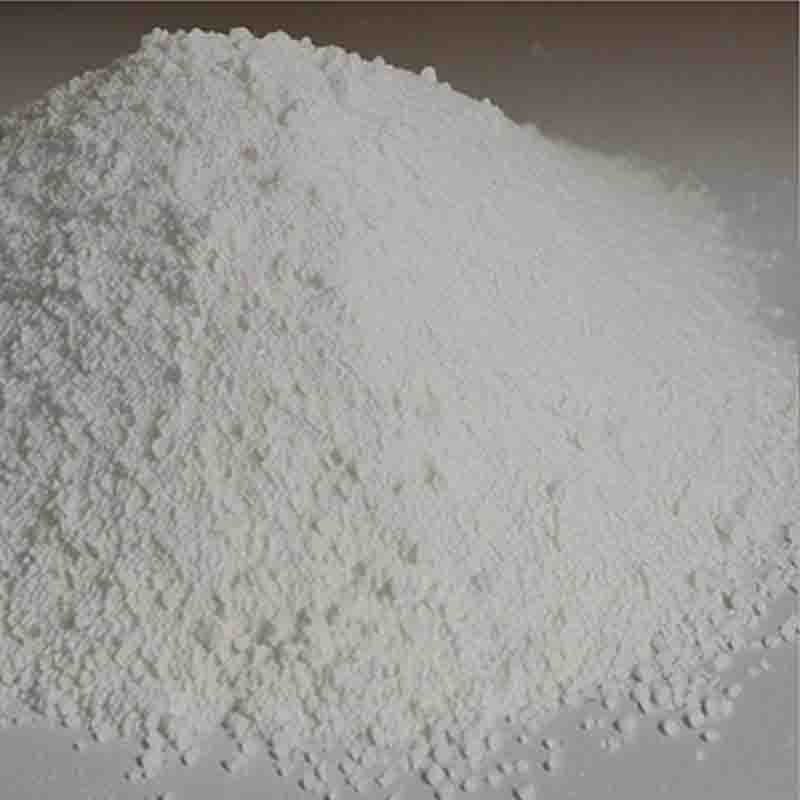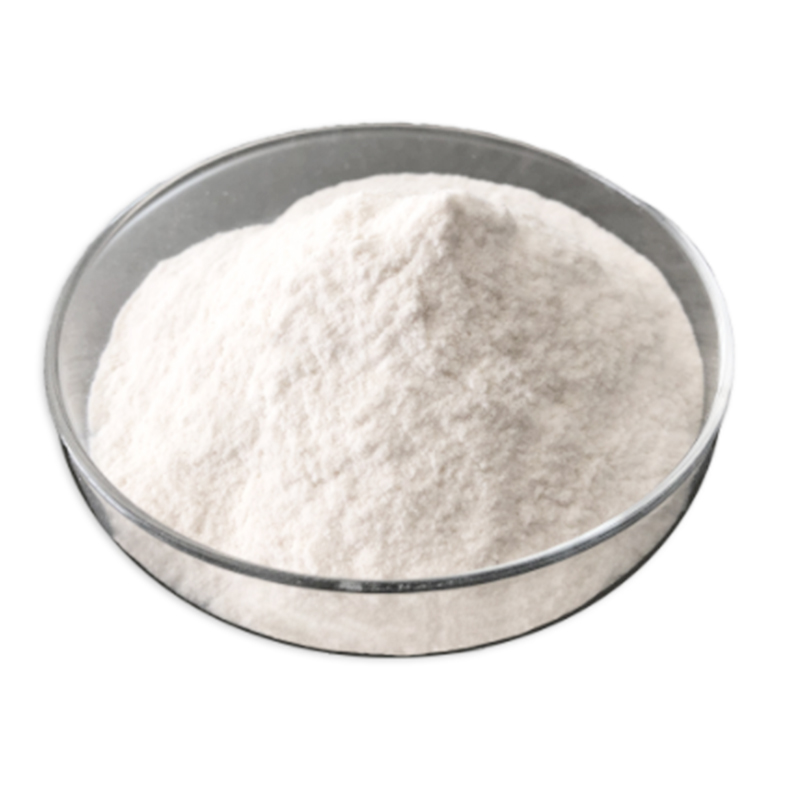1,4-Benzenedimethanethiol CAS:105-09-9
| Catalog Number | XD96348 |
| Product Name | 1,4-Benzenedimethanethiol |
| CAS | 105-09-9 |
| Molecular Formula | C8H10S2 |
| Molecular Weight | 170.29 |
| Storage Details | Ambient |
Product Specification
| Appearance | White powder |
| Assay | 99% min |
1,4-Benzenedimethanethiol, also known as BDMT, is a chemical compound that has various effects and applications. Its unique structure, consisting of a benzene ring with two methylene thiol groups attached, gives it specific properties that make it useful in different industries.One of the main effects of 1,4-Benzenedimethanethiol is its role as a sulfur-containing building block in organic synthesis. The thiol groups can undergo various chemical reactions, such as oxidation or substitution, which allow the introduction of different functional groups. This versatility makes BDMT a valuable starting material for the synthesis of a wide range of organic compounds, including pharmaceuticals, dyes, and fragrances.Furthermore, 1,4-Benzenedimethanethiol is commonly used as a scavenger for reactive species, particularly in the field of polymer chemistry. Its thiol groups can react with undesired byproducts, such as oxygen or free radicals, preventing their detrimental effects on the polymerization process. This scavenging effect helps to improve the polymer yield and quality, leading to the production of more stable and high-performance polymers.Additionally, 1,4-Benzenedimethanethiol is employed as a surface-protecting agent. Its thiol groups can adsorb onto metal surfaces, forming a self-assembled monolayer (SAM) that provides protection against corrosion and oxidation. This effect is particularly valuable in industries such as automotive, aerospace, and electronics, where metal components need to be safeguarded from environmental degradation.Moreover, 1,4-Benzenedimethanethiol has been investigated for its potential applications in the field of sensors and detection systems. Its thiol groups can selectively bind to certain metal ions or other analytes, leading to a change in the electrical or optical properties of the compound. This interaction can be harnessed to develop sensitive and selective sensors for detecting specific substances, such as heavy metals or volatile organic compounds.In conclusion, 1,4-Benzenedimethanethiol is a versatile compound with significant effects and applications in various industries. Its unique structure, containing two methylene thiol groups, provides it with specific properties that make it valuable in organic synthesis, polymer chemistry, surface protection, and sensing technologies. Continued research and exploration of this compound's potential may lead to the development of innovative solutions and advancements in these fields.




